Found a total of 10000 related content

How to create a CSS-only tooltip?
Article Introduction:To create a pure CSS prompt box, you must first set up an HTML structure and use a container containing trigger elements and prompt text; 2. Hidden the prompt text by default through CSS, and use the :hover pseudo-class to achieve hover display; 3. Add position, visibility, opacity and transition attributes to achieve smooth display effect; 4. Optionally add pseudo-elements::after to create a pointing arrow and adjust the position to achieve different directions of up, down, left and right; 5. Key points include using visibility instead of display to support transition animation, ensuring that the parent container is positioned as a relative child element and absolute, and using z-index to ensure complete hierarchical display.
2025-07-28
comment 0
605
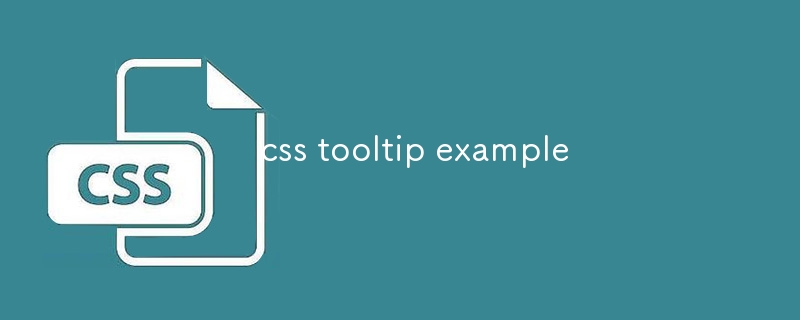
css tooltip example
Article Introduction:The CSSTooltip effect is implemented through pure CSS without JavaScript; 2. Use :hover to trigger visibility and opacity changes to achieve display and fade in animation; 3. The prompt box is positioned by position:absolute, and left:50% plus transform:translateX (-50%) to achieve horizontal centering; 4. Use ::after pseudo-element to create a small arrow pointing down; 5.z-index:1 to ensure that the prompt box is at the top level; 6. You can adjust the attributes such as top, bottom and border-color to achieve prompt boxes in different directions up, down, left and right directions; 7. It is recommended to use vi
2025-07-28
comment 0
732
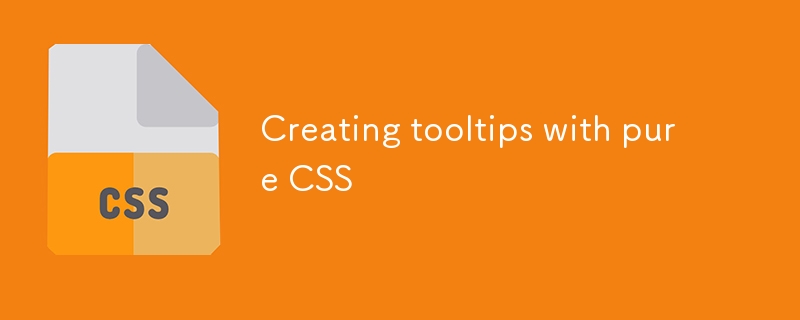
Creating tooltips with pure CSS
Article Introduction:The method of implementing tooltip with pure CSS is: 1. Use nested HTML structure to wrap the trigger area and prompt content; 2. Control the display and hide of child elements through:hover; 3. Use absolute positioning to set the prompt box position; 4. Add animation to improve the experience; 5. Pay attention to z-index and multi-directional adaptation. The specific implementation includes setting .tooltip as relative positioning, .tooltiptext is hidden by default, becomes visible when hover, and can add transition to achieve fading and delay effects. At the same time, positioning in different directions is controlled through class names, but it should be noted that the effect of hover on the mobile side may be limited.
2025-07-07
comment 0
227

How to make form input fields mandatory using html attributes?
Article Introduction:The most direct way to make the input box in the HTML form required is to use the required property. This property is a Boolean type, and no value is required. It can be used to verify it on the input, select or textarea tags, such as:; Common matching types include text, email, password, etc.; for checkbox, directly add required to force check; in the radio button group, just add required to the first option; the select drop-down box needs to set the default empty value option to trigger verification; different browsers may have different styles and contents of prompt information. If a unified prompt effect is required, you can customize it with JavaScript or third-party libraries for customization.
2025-07-07
comment 0
787
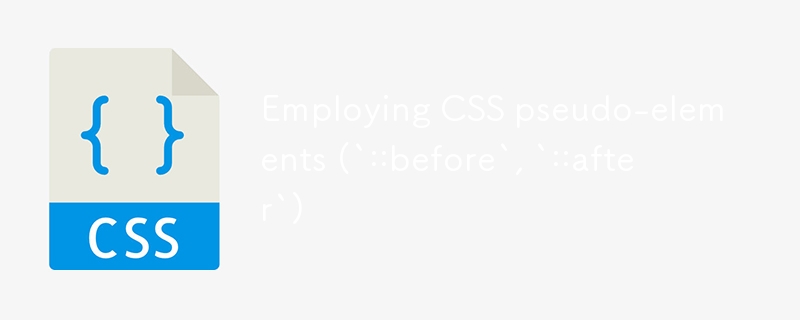
Employing CSS pseudo-elements (`::before`, `::after`)
Article Introduction:Use CSS pseudo-elements (::before and ::after) to insert content and enhance visual effects without modifying HTML. 1. The basic usage is to add text or symbols through the content attribute, such as inserting red prompt text before the paragraph; 2. Common techniques include inserting quotes, arrows, icon fonts and implementing small triangles and other UI details; 3. You can use to match positioning and styles to achieve decorative effects, such as small triangles in the prompt box, button hovering effect, etc.; 4. It was used to clear floats, such as .clearfix::after to solve the floating collapse problem; 5. Notes include: the content must exist, the pseudo-element defaults to inline, and cannot be operated by JS, and is not suitable for placing important content, because of its influence.
2025-07-06
comment 0
873
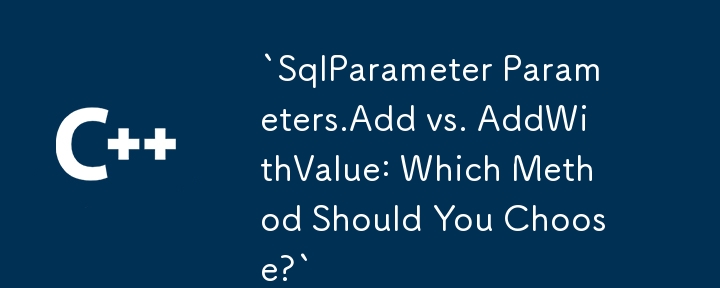
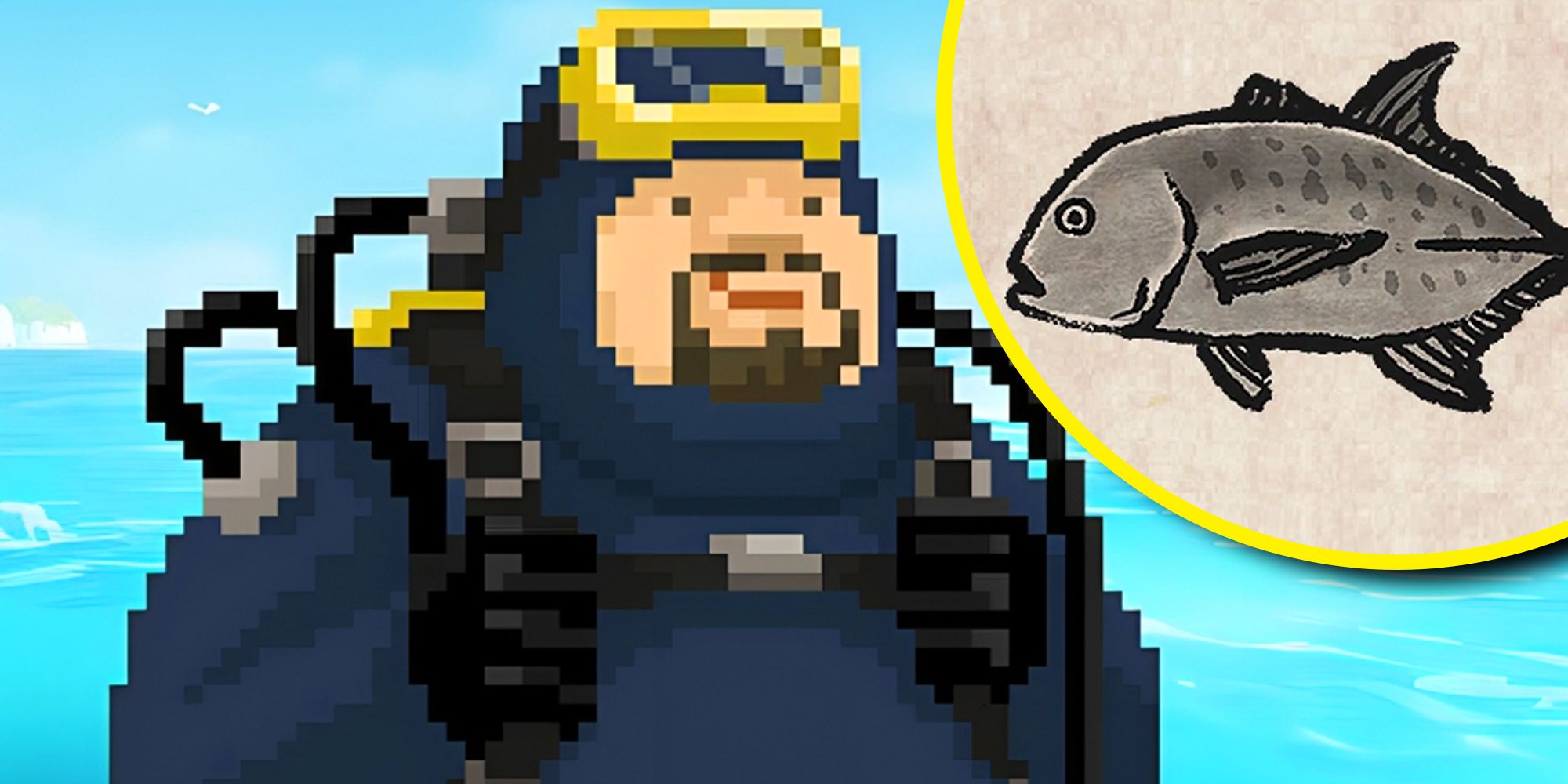
Dave The Diver: How To Catch Spider Crabs
Article Introduction:In Dave The Diver, there are some creatures that are not easy to catch. Or, catch alive that is. The spider crab is one of those very species, making it seem like the only way to bring these crustaceans back up to land is to viciously crack them up w
2025-01-10
comment 0
853

Prepare for Interview Like a Pro with Interview Questions CLI
Article Introduction:Prepare for Interview Like a Pro with Interview Questions CLI
What is the Interview Questions CLI?
The Interview Questions CLI is a command-line tool designed for JavaScript learners and developers who want to enhance their interview
2025-01-10
comment 0
1484

Soft Deletes in Databases: To Use or Not to Use?
Article Introduction:Soft Deletes: A Question of DesignThe topic of soft deletes, a mechanism that "flags" records as deleted instead of physically removing them, has...
2025-01-10
comment 0
1082
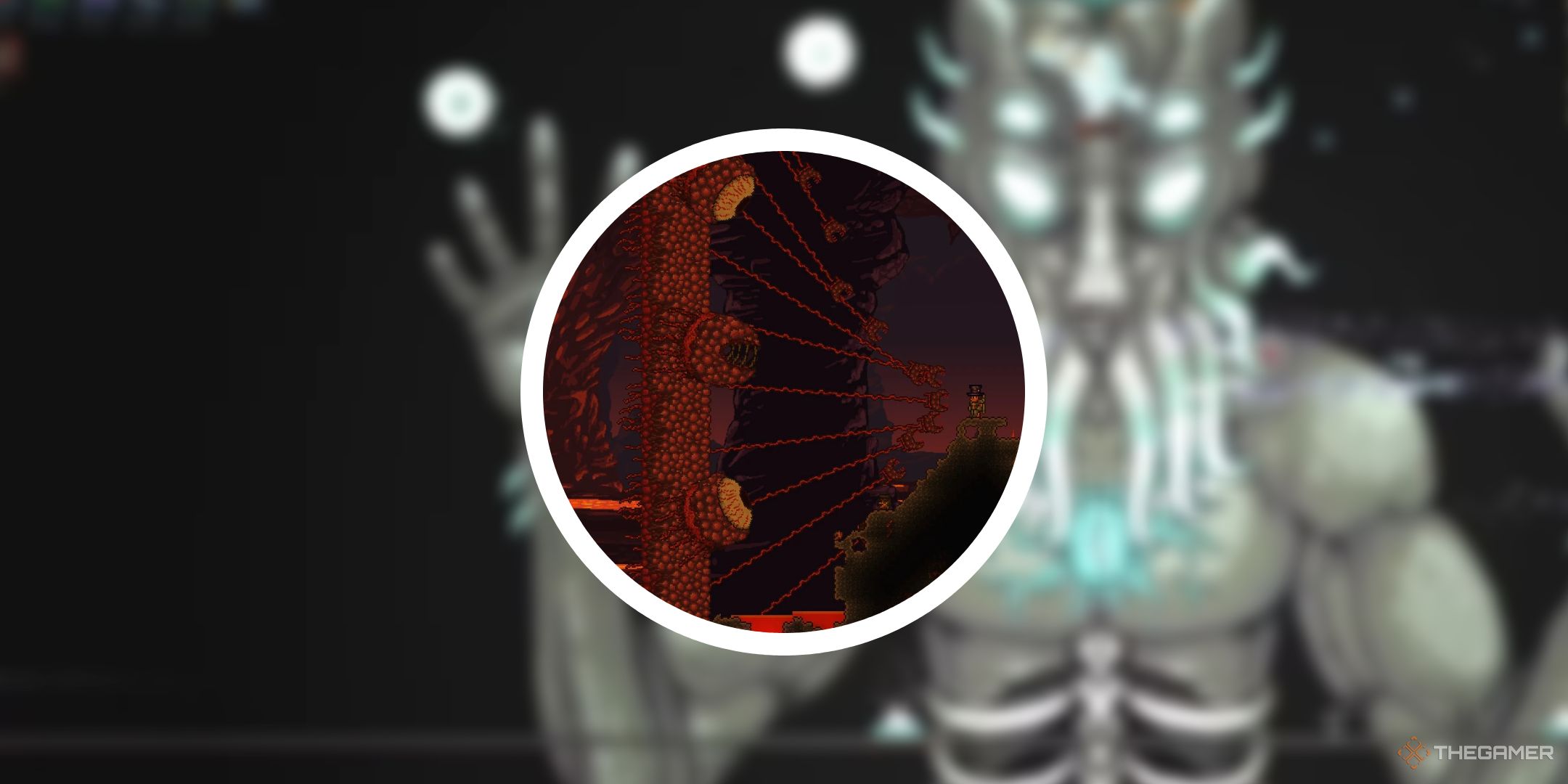
Terraria: How To Make A Loom
Article Introduction:There are a lot of crafting stations that you can make in Terraria. This ranges from simple anvils to unique stations meant for one specific type of resource. Early into the game, you'll be able to make your own Loom, which is primarily used to make
2025-01-10
comment 0
1363



















